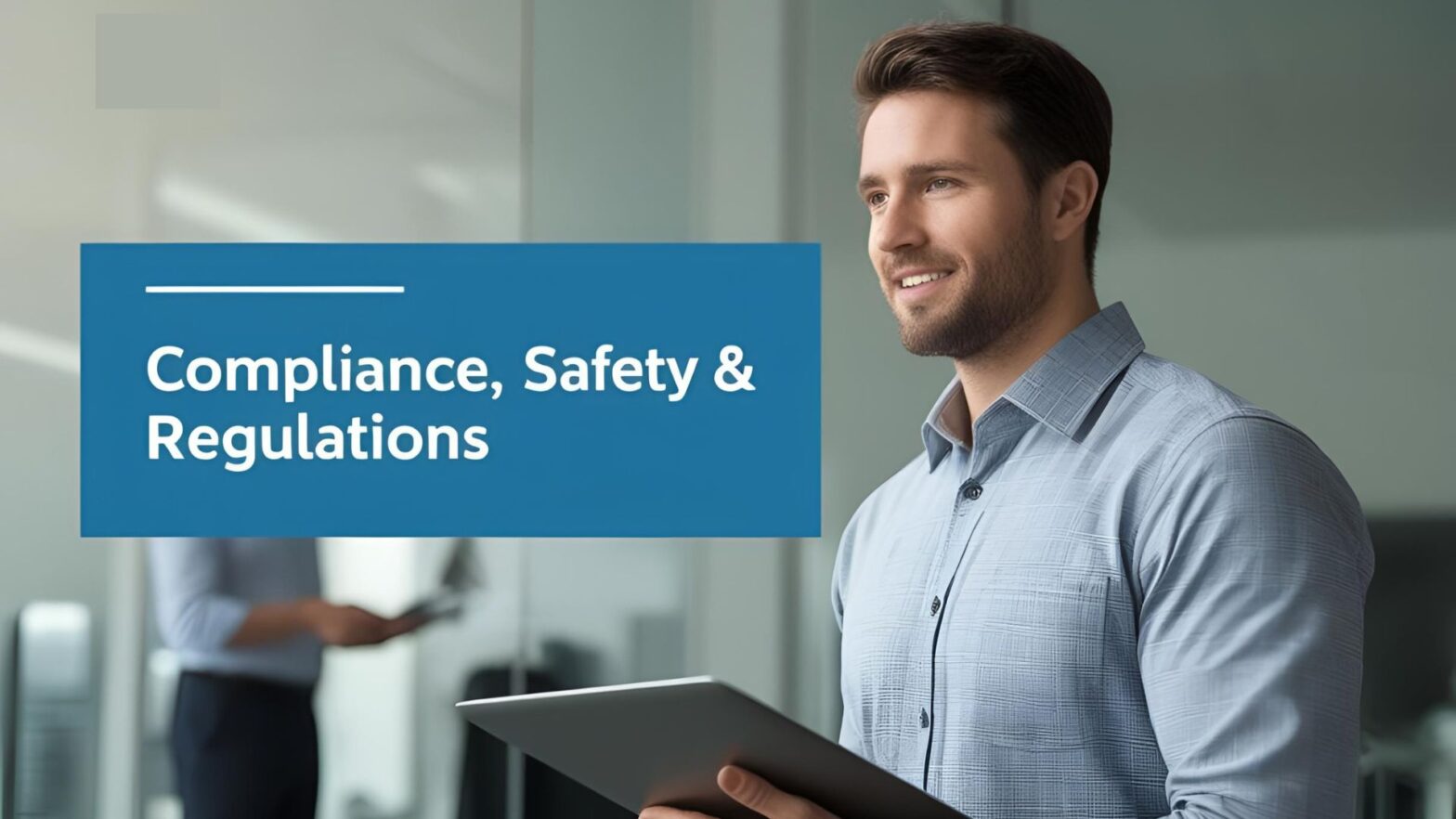Distributors of hazardous materials operate in a heavily regulated space where clear, compliant labeling isn’t just good practice—it’s a legal obligation. Improper labeling can lead to serious safety risks, fines, or disrupted supply chains. Whether you’re shipping chemicals, flammable products, or other dangerous goods, understanding and following labeling requirements is essential.
This guide breaks down everything distributors need to know about hazardous material labeling to stay compliant and protect everyone in the supply chain.
- Why Labeling Matters
Labeling hazardous materials serves two critical purposes: safety and compliance. It ensures that workers, transporters, emergency responders, and end users can quickly identify what they’re handling and how to do so safely. It also meets the legal obligations set by national and international regulations such as OSHA’s Hazard Communication Standard (HCS), the Globally Harmonized System (GHS), and the Department of Transportation (DOT) or equivalent in other countries.
- Key Label Elements Required
To meet compliance, labels on hazardous materials must include the following elements:
Product Identifier: The name or code used to identify the chemical.
Signal Word: Either “Danger” or “Warning” to indicate severity of hazard.
Hazard Statements: Standardized phrases describing the nature and degree of hazard (e.g., “Highly flammable liquid and vapor”).
Precautionary Statements: Guidelines on safe handling, storage, and emergency measures.
Pictograms: GHS-compliant symbols representing physical, health, or environmental hazards.
Supplier Identification: Name, address, and phone number of the distributor or manufacturer.
Each of these elements must be clearly visible, legible, and printed in English (and other languages as required by local law).
- GHS and International Harmonization
The Globally Harmonized System (GHS) has been adopted by many countries to create consistency in how hazardous materials are labeled and classified. As a distributor, your labels must align with GHS if you operate internationally or supply to clients who do.
GHS pictograms are standardized symbols within red diamond borders that visually communicate hazards such as toxicity, flammability, and corrosiveness. Labels must include the correct pictograms based on the substance classification.
- Transport-Specific Labeling
In addition to workplace labels, distributors must also ensure hazardous materials are properly labeled for transportation. This includes:
UN numbers and proper shipping names
DOT or ADR transport symbols
Orientation arrows for liquids
Packaging group designation, if required
Transport labels are governed by the DOT, IATA (for air), or IMDG (for sea) depending on how materials are shipped.
- Label Durability and Placement
Labels must be durable enough to remain legible under typical handling, storage, and shipping conditions. This often requires:
Water- and chemical-resistant materials
UV-resistant inks for outdoor exposure
Placement on a visible, flat surface of the container
Poor label adhesion or damaged labels are considered non-compliant and may result in regulatory action.
- Secondary and Workplace Labels
When hazardous materials are repackaged or transferred into secondary containers at the workplace, they must also be labeled. While these secondary labels can be simpler, they still need to include the product identifier and hazard information. Some jurisdictions allow the use of abbreviated or alternative labeling systems like NFPA or HMIS, as long as employees are trained to understand them.
- Common Mistakes Distributors Should Avoid
Missing or outdated supplier information
Using incorrect or outdated hazard classifications
Failing to include all required pictograms
Labels not matching Safety Data Sheets (SDS)
Placing labels where they can be rubbed off or obscured
Regular audits and training can help avoid these issues and maintain compliance.
- Keeping Labels Up to Date
Any changes to the chemical formulation, hazard classification, or regulatory standards require label updates. Distributors are responsible for reviewing Safety Data Sheets regularly and updating labels as needed to reflect current information.
Conclusion
Labeling hazardous materials isn’t just a box to check—it’s a critical part of maintaining safety and compliance throughout the distribution process. By understanding the required elements, keeping up with regulatory changes, and implementing robust labeling systems, distributors can meet their obligations and reduce risks at every step of the supply chain.


